
For more information related to the Horn of Africa, refer to the Horn of Africa
Source: Down to Earth
News Source: Indian Express
For more information, refer to Antiquities and Art Treasure Act
Context: The President of India recently suggested the creation of an All India Judicial Service (AIJS) examination during the Constitution Day Celebrations.
Lack of Consensus on All India Judicial Service (AIJS):
|
|---|
News Source: Indian Express

To read more about the UNESCO WHS, refer to WHS.
News Source: Economic Times
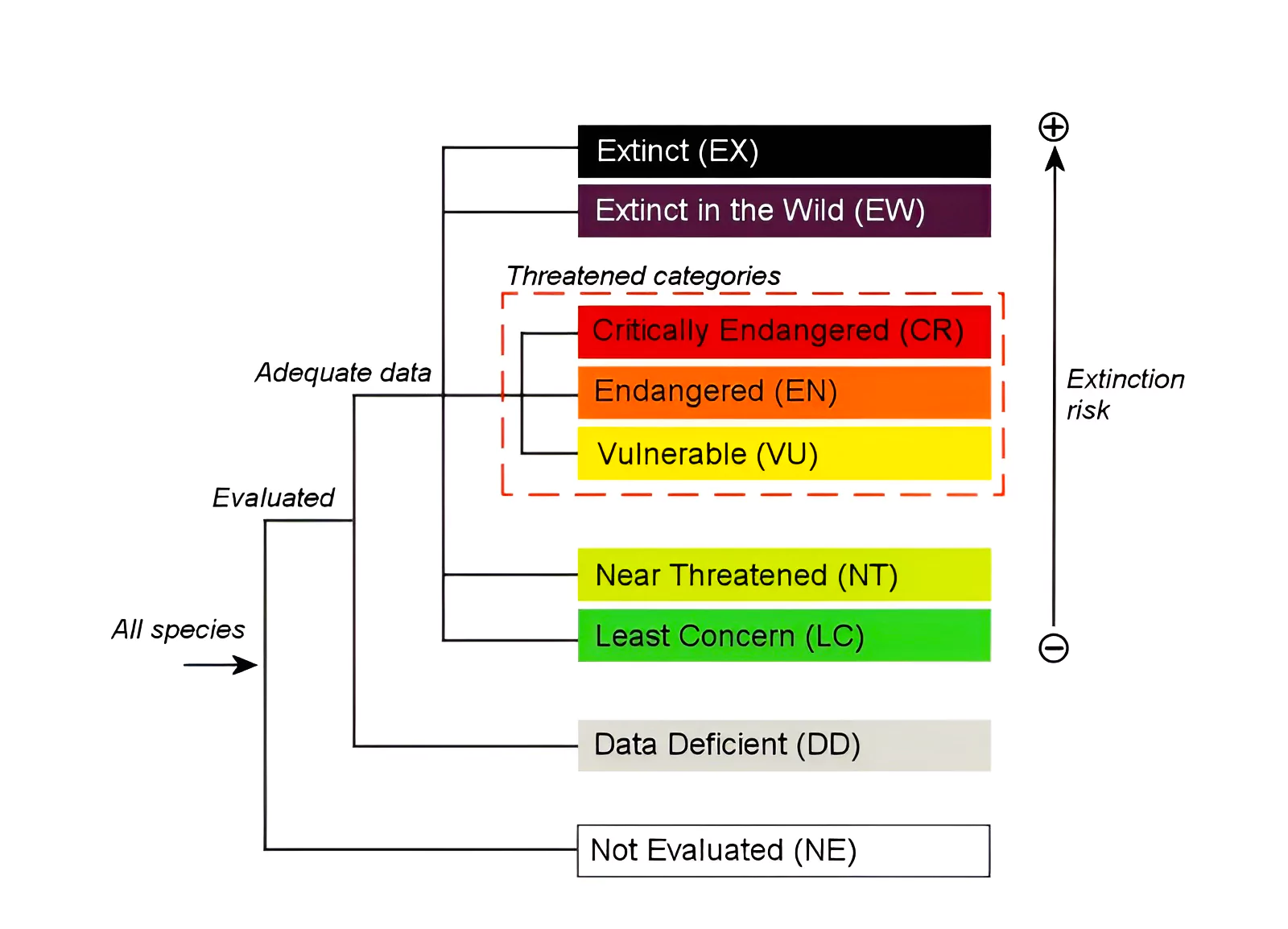
Also Read: International Union For Conservation Of Nature And Natural Resources (IUCN)
News Source: DTE
Context: Plants can listen to damage to other plants because plants release a group of compounds called green leaf volatiles (GLVs) into the air when injured, warning other plants about the proximity of danger.
Green leaf volatiles (GLVs):
|
|---|
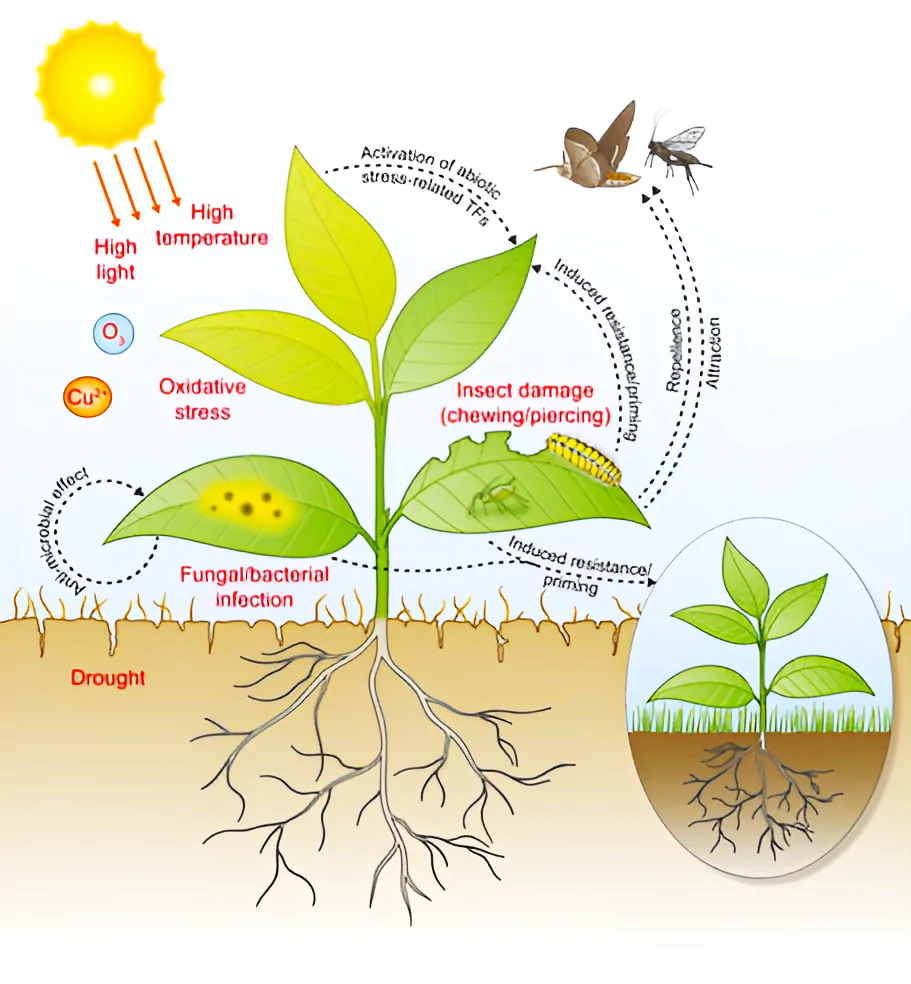
| Related Terms
What is Allelopathy?
|
News Source: The Hindu
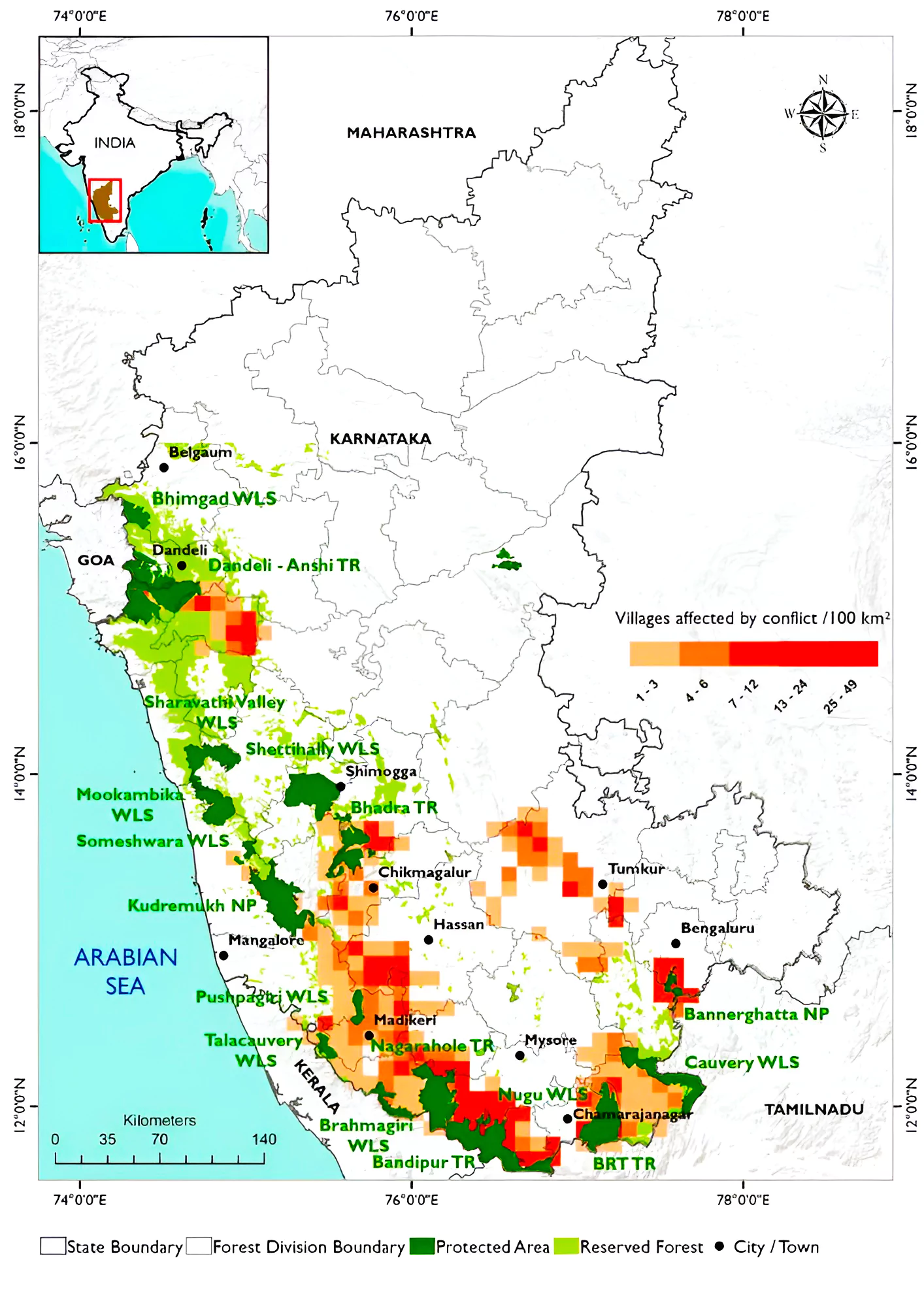
Also Read: Project Tiger And Project Elephant Merger
News Source: The HIndu
The UNFCCC secretariat (UN Climate Change) is the United Nations entity tasked with supporting the global response to the threat of climate change.
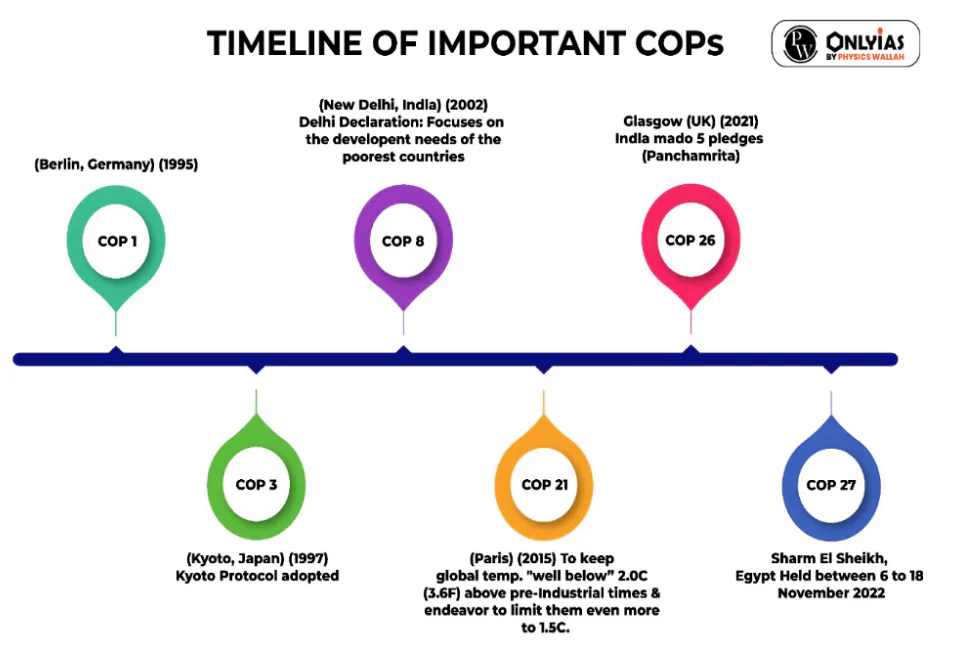
News Source: The Hindu
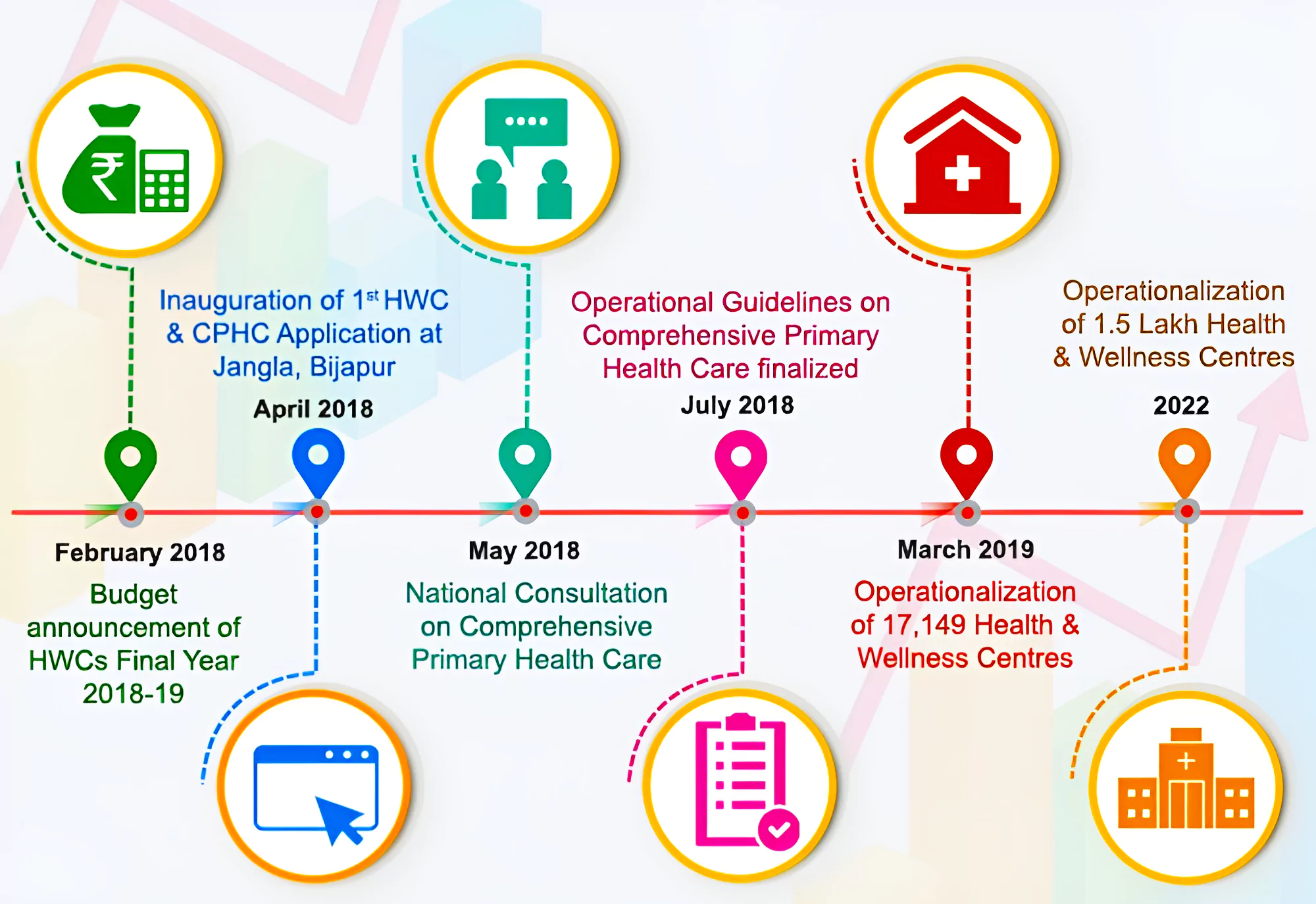
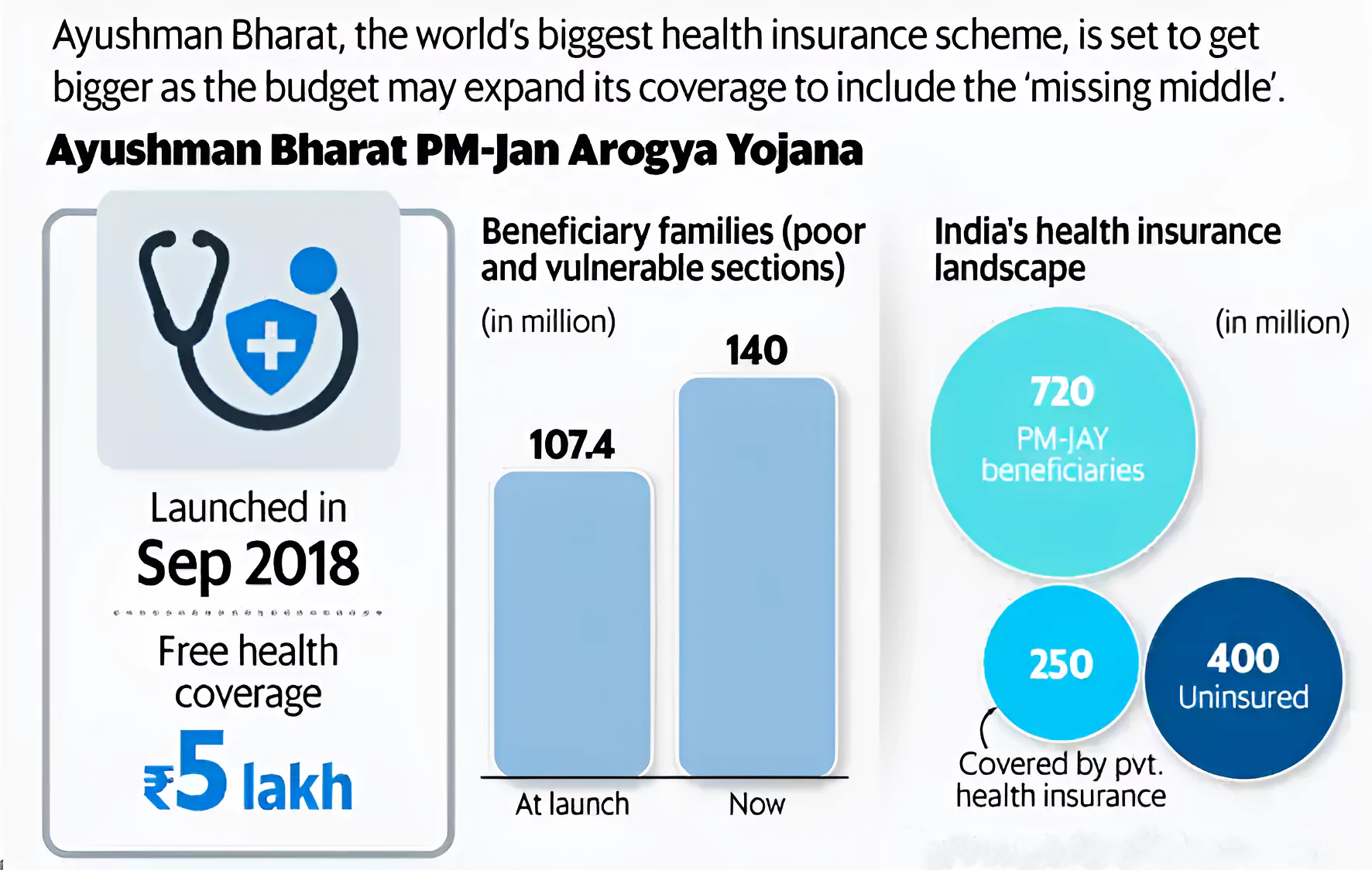
More Information: Ayushman Bharat Pradhan Mantri Jan Aarogya Yojana (AB-PMJAY)
News Source: The HIndu
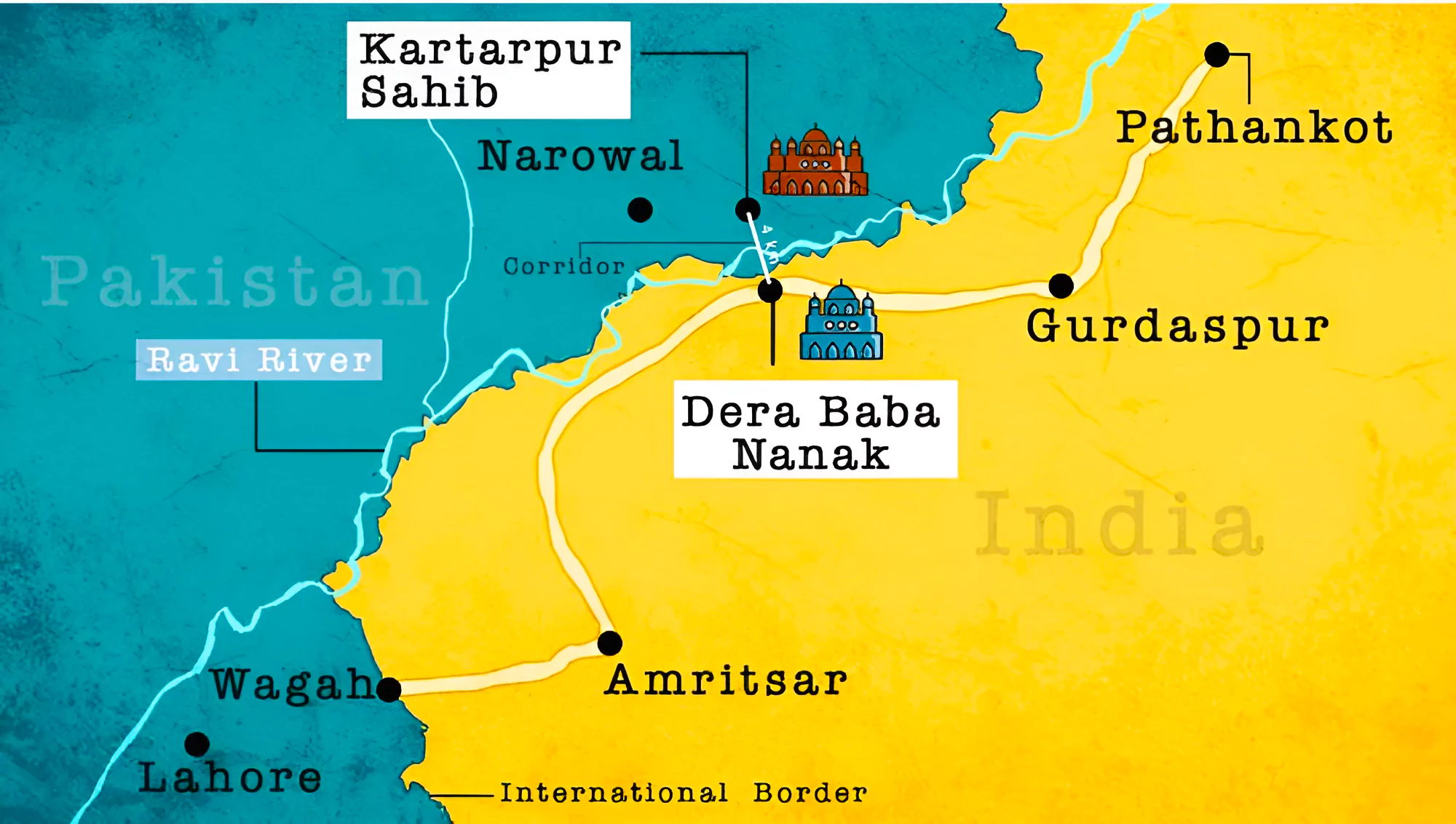
News Source: PIB
Dr. Bhim Rao Ambedkar:
|
|---|
News Source: PIB
Also Read: QS World University Rankings 2024
Key Findings of All India Survey on Higher Education (AISHE) 2020-2021:
|
|---|
Government Initiative to Improve the Quality of Higher Education:
|
|---|
Although Indian institutions have faced obstacles in achieving top global rankings, there is immense scope for improvement through strategic reforms and focused endeavors.
By implementing appropriate policy changes, involving government initiatives, industry interventions, and active participation from the academic community in India, institutions have the potential to rise to the levels of top global universities and colleges.
| Prelims Question (2017)
What is the aim of the programme ‘Unnat Bharat Abhiyan’? (a) Achieving 100% literacy by promoting collaboration between voluntary organizations and government’s education system and local communities. (b) Connecting institutions of higher education with local communities to address development challenges through appropriate technologies. (c) Strengthening India’s scientific research institutions in order to make India a scientific and technological power. (d) Developing human capital by allocating special funds for health care and education of rural and urban poor, and organizing skill development programmes and vocational training for them. Ans: (b) |
|---|
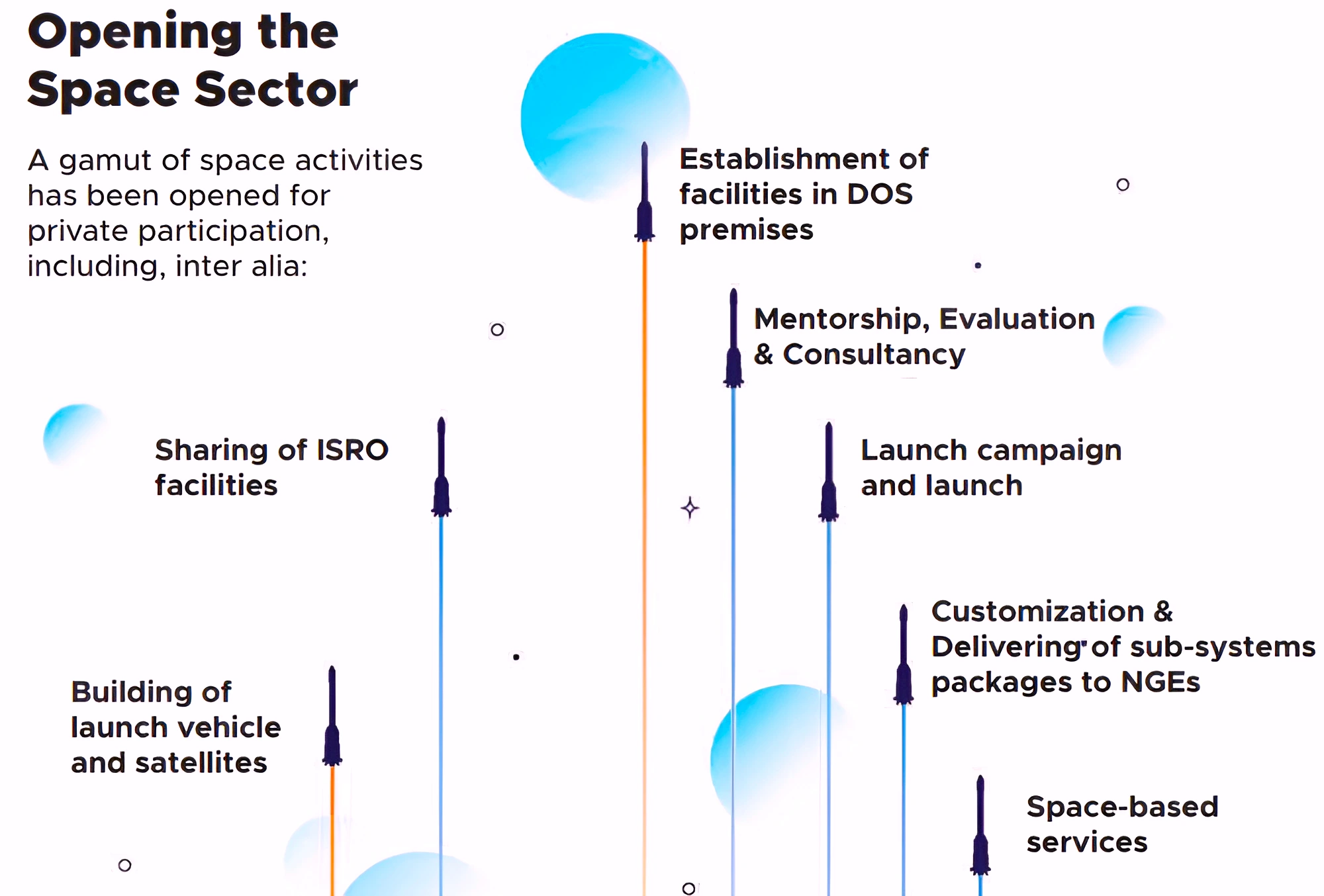
Rise of Spacetech Startups in India:
|
|---|
Centre’s Efforts in Privatisation of Space Sector:
|
|---|
Antrix-Devas Case:
What went wrong?
Verdict of Supreme Court:
|
|---|
Also Read: I2U2’s Space Venture and Strategic Significance
With a robust regulatory framework, more schemes to promote ease of doing business for spacetech businesses, and a pathway for private sector investment, the country’s space sector holds the potential to become a trailblazer in the global space market.
SC Verdict on Newsclick Shows Adherence to Due Pro...
Stay Invested: On Chabahar and India-Iran Relation...
Credit Rating Agencies, Impact on India’s De...
Catapulting Indian Biopharma Industry
Globalisation Under Threat, US Import Tariffs Have...
Global Report on Hypertension, Global Insights and...
<div class="new-fform">
</div>
